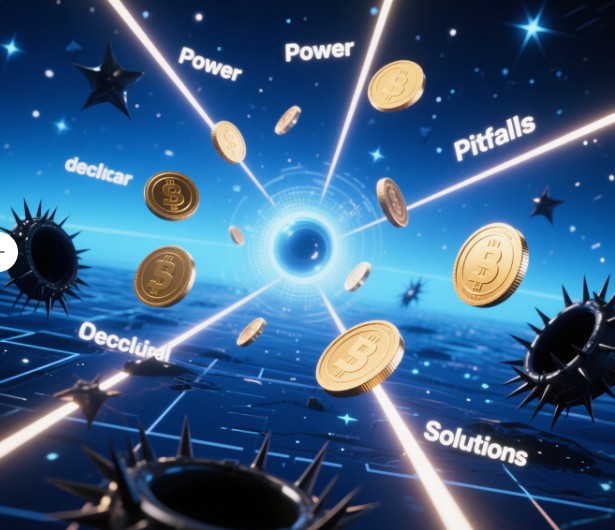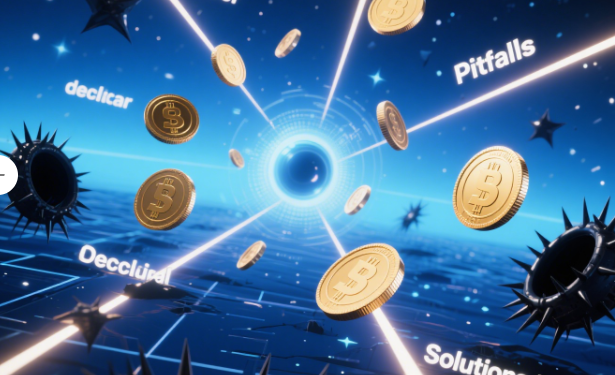The rise of decentralized coins represents more than a technological shift—it’s a reimagining of financial sovereignty. Unlike traditional currencies controlled by central banks, decentralized cryptocurrencies operate on peer-to-peer networks, leveraging blockchain technology to eliminate intermediaries. Yet as adoption grows, users grapple with security risks, volatility, and regulatory uncertainty. Understanding these challenges is critical for navigating the decentralized finance (DeFi) landscape.
Security Vulnerabilities: Beyond Hacks
While blockchain’s cryptography is robust, user endpoints remain weak links. Early Bitcoin users lost fortunes by accidentally deleting wallet.dat files, and today, malicious smart contracts drain wallets through unauthorized access. Privacy coins like Monero (XMR) or Zcash (ZEC) enhance anonymity but attract regulatory scrutiny, with exchanges like Coinbase delisting non-compliant assets. Cold wallets—offline storage solutions—mitigate risks, yet their evolution from paper printouts to hardware devices like Trezor underscores ongoing usability hurdles.
Market Volatility: The Stability Quest
Decentralized coins face extreme price swings. Algorithmic stablecoins like Terra’s UST collapsed in 2022, erasing $40B in value and exposing the fragility of undercollateralized models. This volatility stems from speculative trading and market fragmentation, where assets like Bitcoin Cash (BCH) or Ethereum Classic (ETC) emerge from contentious hard forks. Tools like DEXScreener help track real-time price action, while DeFiLlama analyzes yield opportunities to balance risk.

Usability Barriers: Complexity vs. Control
Decentralization trades convenience for autonomy. Bitcoin’s original wallet, Bitcoin-Qt, required users to download 450GB of data and synchronize for hours. Modern solutions like MetaMask simplify access, but cross-chain interactions remain fragmented. Governance tokens (e.g., UNI, AAVE) enable voting on protocol upgrades, yet participation demands technical literacy.
Practical Solutions for Users
- Secure Storage: Opt for hardware wallets (e.g., Trezor) or non-custodial solutions. Revoke unused dApp permissions via RevokeCash to prevent exploits.
- Market Navigation: Use CoinGecko’s Categories to identify trends like DeFi or GameFi tokens. Bubblemaps reveals token holder concentration to avoid pump-and-dump schemes.
- DeFi Strategies: Diversify into collateralized stablecoins (e.g., USDC, DAI) for stability. Monitor regulatory shifts, especially MiCA’s impact on EU-compliant assets.
The Future: Regulation and Innovation
Global frameworks like the U.S. GENIUS Act and the EU’s MiCA signal growing regulatory clarity, prioritizing transparency and reserve audits for stablecoins. Meanwhile, innovations like BRC-20 tokens on Bitcoin expand utility beyond payments, enabling tokenization without smart contracts. Institutional adoption by PayPal and Stripe further bridges decentralized coins with mainstream finance.
Decentralized coins empower users but demand vigilance. By prioritizing security, leveraging analytics tools, and understanding regulatory shifts, investors can harness their potential while mitigating risks.
Bitora
Author Bio:
Elena Rodriguez is a decentralized finance researcher with a background in blockchain protocol analysis. She has contributed to cryptographic standards for digital asset custody and advises fintech firms on compliant tokenization frameworks.



























